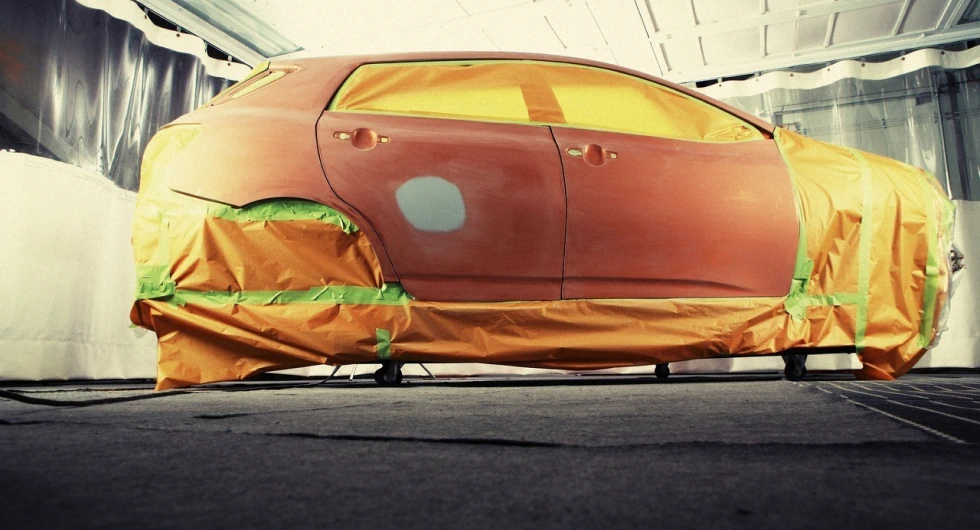Summary
The automotive collision repair industry faces several challenges, and the Original Equipment Manufacturers (OEMs) play a significant role in that.
Challenges in Automotive Collision Repair:
- Advanced Materials: The use of advanced materials, such as high-strength steel, aluminum, and composites, poses challenges in repair due to the specialized knowledge and techniques required.
- Complex Electronics: Modern vehicles are equipped with complex electronic systems, sensors, and Advanced Driver Assistance Systems (ADAS), demanding specialized training and equipment for effective repairs.
- ADAS Calibration: Proper calibration of ADAS features after collision repairs is critical for safety, requiring specific expertise and adherence to OEM procedures.
- OEM Repair Procedures: Adhering to OEM repair procedures is crucial for maintaining safety, structural integrity, and performance after collision repairs. These procedures cover materials, electronics, calibration, and overall repair processes.
- Environmental Regulations: Adhering to environmental standards in vehicle repair, including the disposal of hazardous materials, poses challenges for the collision repair industry.
- Training and Certification: Continuous training is essential to keep repair professionals updated on evolving technologies, materials, and repair techniques. Certification ensures competence and adherence to industry standards.
- Data Access and Privacy Concerns: Repair professionals must handle sensitive vehicle data responsibly, balancing the need for access with privacy concerns and regulatory compliance.
Why OEM Responsibility Matters:
- Safety and Performance: OEMs design and manufacture vehicles with a focus on safety. Following their repair procedures ensures that repaired vehicles meet original safety and performance standards.
- Structural Integrity: OEMs provide guidelines for working with advanced materials, ensuring proper repair techniques to maintain the structural integrity of the vehicle.
- Electronic Systems: OEMs understand their vehicle electronics best. Following their procedures ensures accurate diagnosis, calibration, and resetting of electronic systems post-collision repairs.
- Parts Replacement and Warranty: OEM repair procedures specify genuine parts replacement and are often tied to vehicle warranties. Adherence to these procedures ensures warranty validity and the use of quality replacement parts.
- Continuous Updates: OEMs regularly update repair procedures to incorporate new technologies. Staying current with these updates is crucial for collision repair professionals to address emerging challenges.
- Certification and Training: OEMs may require repair facilities to be certified or trained to use their procedures, ensuring that technicians have the necessary skills and knowledge to execute repairs according to industry standards.
OEMs play a pivotal role in providing comprehensive repair procedures that address the challenges posed by advanced materials, complex electronics, and evolving industry standards. Adhering to OEM repair procedures is fundamental to achieving safe, effective, and high-quality collision repairs.
Conclusion
In this series, we explored various aspects of the automotive collision repair industry, focusing on challenges and responsibilities, particularly emphasizing the role of Original Equipment Manufacturers (OEMs). Here are the key takeaways:
Challenges in Collision Repair:
Challenges in the industry include working with advanced materials, addressing complex electronics and ADAS, managing data access and privacy concerns, complying with environmental regulations, and maintaining up-to-date training and certification standards.
Responsibility of OEMs:
OEMs hold a central responsibility in addressing these challenges through the provision of comprehensive repair procedures. OEM repair procedures cover various aspects, including structural repairs, electronics, calibration, and safety, ensuring that vehicles are restored to their original specifications.
Significance of OEM Repair Procedures:
Adhering to OEM repair procedures is critical for maintaining safety, structural integrity, and performance after collision repairs. These procedures provide guidance on handling advanced materials, electronic systems, and calibration, contributing to the overall quality of repairs.
Continuous Updates and Training:
OEMs regularly update repair procedures to incorporate new technologies, materials, and industry standards. Staying current with these updates is essential for collision repair professionals, highlighting the importance of continuous training and certification.
Impact on Safety and Warranty:
Following OEM repair procedures ensures that safety features, structural integrity, and performance standards are maintained. Additionally, adherence to OEM guidelines is often tied to warranty validity, emphasizing the significance of using genuine parts and proper repair techniques.
In conclusion, the automotive collision repair industry faces evolving challenges, and OEMs play a crucial role in providing the necessary guidance and standards through comprehensive repair procedures. Adhering to these OEM procedures is fundamental to achieving safe, effective, and high-quality collision repairs that meet the expectations of vehicle owners and industry regulations.
Thank you for reading this Summary and Conclusion. Please allow us to invite you to read our other BLOG POSTS
https://www.linkedin.com/feed/update/urn:li:activity:7173036132866084865


